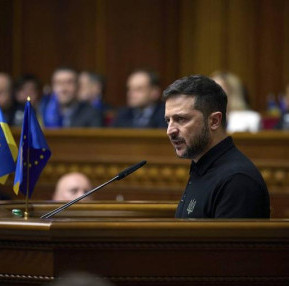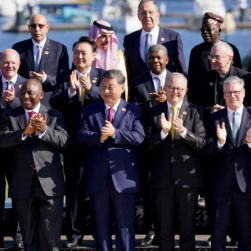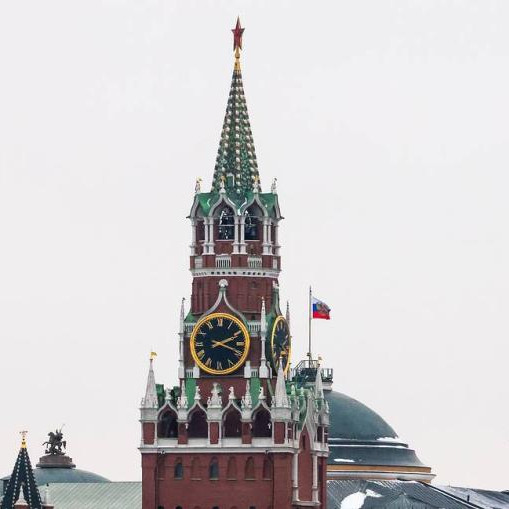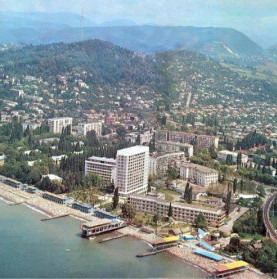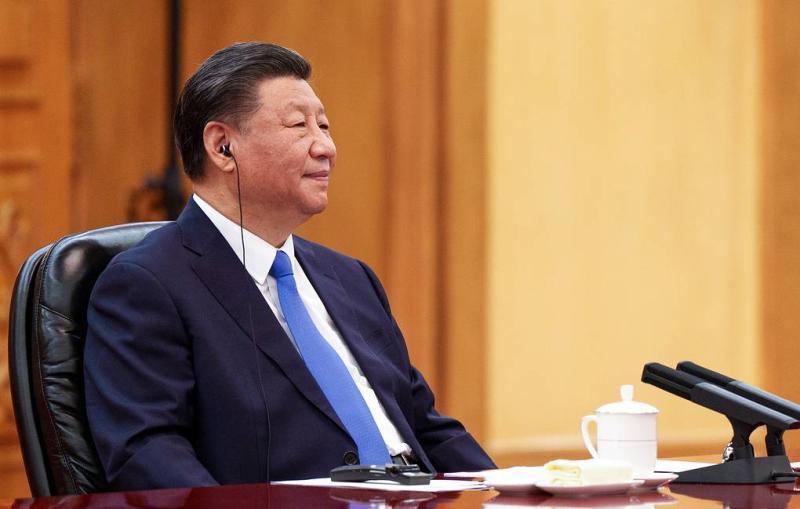
© Artyom Ivanov/TASS
May 17-18 featured the China-Central Asia summit in PRC’s ancient capital of Xi'an, where the famous Silk Road used to originate with.
It was preceded by a cycle of landmark events in the countries of Central Asia (CA), which culminated in the signing of a number of documents in December 2022 at a meeting in Samarkand. The most important one was the Treaty on Allied Relations between Uzbekistan and Kazakhstan deemed by both countries’ presidents as "a breakthrough document that opens up new horizons and fully reflects the mutual desire to further rapprochement." Agreements were also signed to establish an international center for industrial cooperation, jointly protect ecology, and corroborate in higher and postgraduate education. This reflects willingness of Central Asian countries’ leadership to form a single economic space in the region, guaranteeing long-term investment reliability. The latter encouraged China to ramp up policy formalization for interaction and investment in Central Asia.
These trends have been consolidated in a declaration adopted following the Xi'an summit. The very first paragraph mentions the wish to "create a closer community of a common destiny for Central Asia and China", so it is not just about common interests, but about utmost unity of opinion. In order to put this thesis into practice, the second paragraph defines the "summit" as a permanent institutional framework with its own secretariat, and outlines mechanisms to coordinate actions between various departments. The confirmation of the unity of views was as follows: "The states of Central Asia highly appreciated the unique experience of the Communist Party of China in public administration, confirmed the great importance of the path of Chinese modernization for the development of the whole world" (paragraph 3). This may be regarded as a CA response to efforts by the United States, the EU and Britain to probe for the formation of an anti-Chinese sentiment in the region.
The fourth paragraph’s focus on deeper cooperation in defending the parties’ sovereignty points to China's readiness to help the Central Asian countries strengthen their security and defense capabilities, and support their effort in maintaining regional security and combating terrorism. Notably, while the region’s challenges related to terrorism and drug trafficking have been regularly discussed, it is for the first time that China's engagement in strengthening CA defense capability is mentioned.
The fifth paragraph of the declaration enshrines the parties’ agreement to closely coordinate economic development programs (this refers to China’s vision for 2030, the New Economic Policy of the Republic of Kazakhstan, National Development Program of the Kyrgyz Republic until 2026, National Development Strategy of the Republic of Tajikistan for the period up to 2030, Turkmenistan’s Great Silk Road Revival program, and Development Strategies of New Uzbekistan for 2022-2026). This means China has agreed to embrace regional strategies as part of its own one (this has long been one of the most difficult issues preventing major investment in the region, we note).
The sixth and ninth paragraphs dwell upon moves to develop an economic dialogue between China and Central Asia, which particularly provides for creating a Business Council, developing e-commerce, and establishing an investment forum. Specific transport routes have been fixed that China considers an investment priority: transport corridors China – Central Asia, China – Central Asia – South Asia, China – Central Asia – Middle East, China – Central Asia – Europe, including the China – Kazakhstan – Turkmenistan – Iran route; trans-Caspian projects, including the ports of Aktau, Kuryk and Turkmenbashi; and developing the city of Termez into a logistics hub. The China – Kyrgyzstan – Uzbekistan and Ayaguz–Tachen railways, highways China – Kyrgyzstan – Uzbekistan, China – Tajikistan – Uzbekistan, and the vehicle traverse Western China – Western Europe have been ascribed particular importance. These projects are also aimed to develop trade with Iran, Pakistan, Iraq and the Middle East.
The summit has also featured discussions with Turkmenistan of accelerated line D construction of the Turkmenistan – Uzbekistan – Tajikistan – Kyrgyzstan – China gas pipeline. Agreements have been signed with Kazakhstan to strengthen KazMunayGas and QazaqGaz’s partnership with CNPC to explore, process and transport Kazakh oil and gas. Another outstanding thing is the formation of a "new Silk Road" predicated on the decade-old Belt and Road Initiative. In this context, it was important to sign a trilateral memorandum on the construction of the China – Kyrgyzstan – Uzbekistan railway.
In his summit speech, Chinese President Xi Jinping pledged to allocate 26 billion yuan (about $3.6 billion) to the Central Asian countries in gratuitous aid.
Summit results reflected in the declaration indicate that China plans to form its own trade and currency circulation zone in the region, and cover it both politically and militarily. Thus, when declaring China's readiness to strengthen these countries’ defense, enhance their safety and thereby ensure peace in the region, Xi Jinping actually offered military cooperation to Kazakhstan, Tajikistan, Kyrgyzstan, Turkmenistan, and Uzbekistan.
The declaration formalizes steps to include the Central Asian republics in the Chinese Eastern economic cluster, providing an operational answer for implementing the Community of Common Destiny policy concept and the Chinese Strategy 2030 in the region (for this very reason, China voices readiness to commit itself to coordinating the regional development strategy from increasing CA domestic and international security to major infrastructure projects, as well as to intensifying Chinese investment).
The post-summit declaration contents also brand the development of trade in regional markets of Central Asia, and later Iran and the Middle East, as one of China’s priorities. And Russia, as per the document, has to amend its EAEU policy, namely the one concerning tariffs and taxes.




